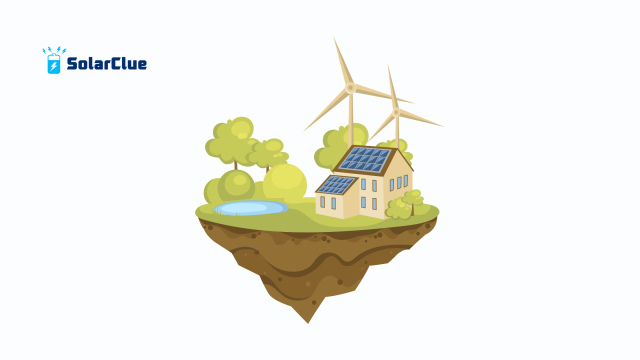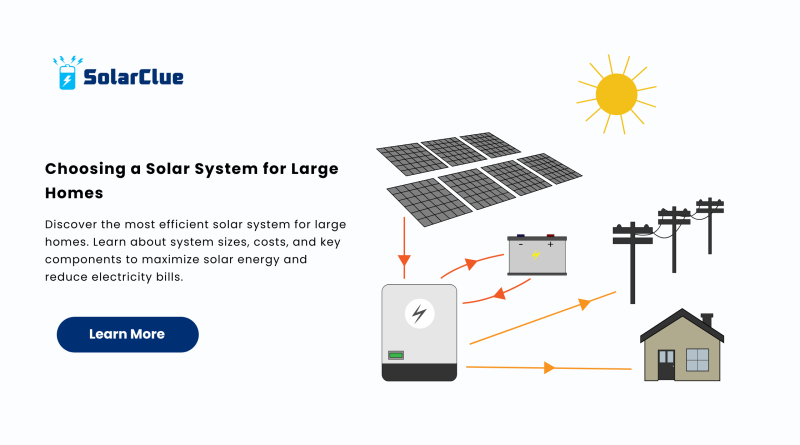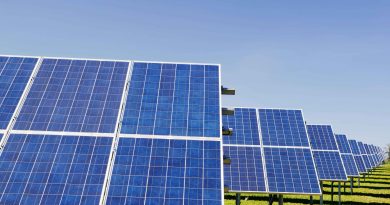Choosing a Solar System for Large Homes
As energy costs rise and environmental concerns grow, more homeowners are turning to solar energy—and for good reason. For those living in larger homes, the benefits of installing a solar system are even more significant. With higher power consumption from heating, cooling, lighting, and multiple appliances, a tailored solar power system can drastically cut electricity bills while promoting a sustainable lifestyle. This guide will walk you through everything you need to know about choosing the ideal solar power setup for your large home—from system sizing and types to cost considerations and long-term benefits.
Table of Contents
- 1 Why Large Homes Need a Bigger and Smarter Solar Power System
- 2 Understanding Your Energy Needs
- 3 Key Components of a Large Home Solar System
- 4 How Many Solar Panels Do You Need?
- 5 Types of Solar Systems for Large Homes
- 6 Benefits of Installing a Solar Power System in a Large Home
- 7 Common Mistakes to Avoid When Choosing a Solar System
- 8 How to Select the Right Installer
- 9 Estimated Cost of a Large Home Solar System
- 10 Incentives and Rebates Available in India
- 11 Maintenance Tips for Optimal Efficiency
- 12 Smart Home Integration with Solar
- 13 Conclusion: Make the Smart Energy Move
Why Large Homes Need a Bigger and Smarter Solar Power System
Large homes consume significantly more electricity than smaller ones. Between heating and cooling, running multiple appliances, lighting vast spaces, and charging electric vehicles, energy usage is typically higher. This makes it crucial to install the right solar power system tailored to a large household’s needs. Choosing wisely means you can harness the full potential of solar energy while keeping utility bills low.
Understanding Your Energy Needs
Before choosing any solar panel system, start with a detailed energy audit. This will help determine your home’s monthly energy consumption in kilowatt-hours (kWh). Most large homes require systems ranging from 10kW to 20kW or more. A typical large household might use between 1,000 and 2,000 kWh per month, depending on lifestyle and climate.
Key Components of a Large Home Solar System
1. Solar Panels
The most visible part of your system, solar panels are responsible for capturing sunlight and converting it to electricity. High-efficiency panels like monocrystalline are preferred for large homes because they generate more power in less space.
2. Inverters
Inverters convert DC electricity produced by solar panels into AC electricity used by your home. String inverters, microinverters, or hybrid inverters may be chosen based on roof layout and shading.
3. Batteries
For homes with high night-time energy usage or unreliable grid connections, batteries provide essential backup. They store excess solar energy during the day for use at night.
4. Mounting Structure
A robust racking system ensures that solar panels are securely positioned for maximum sunlight exposure.
How Many Solar Panels Do You Need?
The number of solar panels depends on your energy consumption and the panel’s wattage. For instance, if your home consumes 1,500 kWh per month and you choose 400W panels, you may need around 38 panels. Roof size and orientation also affect how many can be installed.
Types of Solar Systems for Large Homes
1. Grid-Tied System
Perfect for homes with reliable electricity access. This system uses solar energy during the day and draws from the grid when needed. Excess energy can be sent back to the grid, earning credits via net metering.
2. Off-Grid System
Suited for remote homes without grid access. It requires a larger battery bank and backup generator. Though costlier upfront, it offers complete energy independence.
3. Hybrid System
A mix of both grid-tied and off-grid systems. Hybrid systems use the grid, solar power, and batteries. They offer reliability and flexibility and are growing in popularity among large home owners.
Benefits of Installing a Solar Power System in a Large Home
- Lower Electricity Bills: Substantial savings over the system’s 25+ year life.
- Reduced Carbon Footprint: A significant contribution to environmental conservation.
- Energy Independence: Less reliance on fluctuating utility prices.
- Increased Property Value: Homes with solar systems often sell at a premium.
Common Mistakes to Avoid When Choosing a Solar System
- Ignoring future power needs (like electric cars or new appliances).
- Focusing only on upfront costs, not lifetime savings.
- Choosing unverified installers with poor service history.
How to Select the Right Installer

Choose certified professionals with experience in large residential systems. Look for companies offering long-term warranties, maintenance support, and transparent pricing.
Estimated Cost of a Large Home Solar System
Depending on system size and location, the cost of a 15kW system may range between $12,000 and $30,000 after incentives. Battery inclusion, roof modifications, and additional features can increase this figure.
Incentives and Rebates Available in India
India offers several state and national incentives, including capital subsidies and accelerated depreciation. Check local programs to offset initial investment and make solar power more affordable.
Maintenance Tips for Optimal Efficiency
- Clean solar panels regularly to remove dust and debris.
- Monitor system performance via apps or dashboards.
- Schedule annual checkups with your installer.
Smart Home Integration with Solar
Smart energy management systems allow large homes to automate when and how power is used, optimizing solar energy usage based on weather, tariffs, and occupancy.
Conclusion: Make the Smart Energy Move
Installing a solar system for a large home isn’t just about reducing bills; it’s a lifestyle upgrade that delivers sustainability, comfort, and long-term value. By understanding your home’s energy needs and choosing a system tailored for large-scale use, you can fully capitalize on the benefits of solar power.
Ready to make the switch? Visit our website to explore how we can power your home with the sun — solarclue.com and learn more from our expert blogs at blog.solarclue.com
FAQs:
1. How much does a solar system for a large home cost?
The average cost ranges from $12,000 to $30,000, depending on size, location, and components like batteries.
2. How many solar panels do I need for a large house?
Typically between 30 to 50 panels, based on energy use and panel wattage.
3. Can I run a large home completely on solar power?
Yes, especially with a hybrid or off-grid system that includes batteries.
4. What type of solar panel is best for large homes?
Monocrystalline panels are ideal due to high efficiency and durability.
5. Are there government subsidies for installing solar in India?
Yes, the government provides capital subsidies, net metering benefits, and tax incentives.


